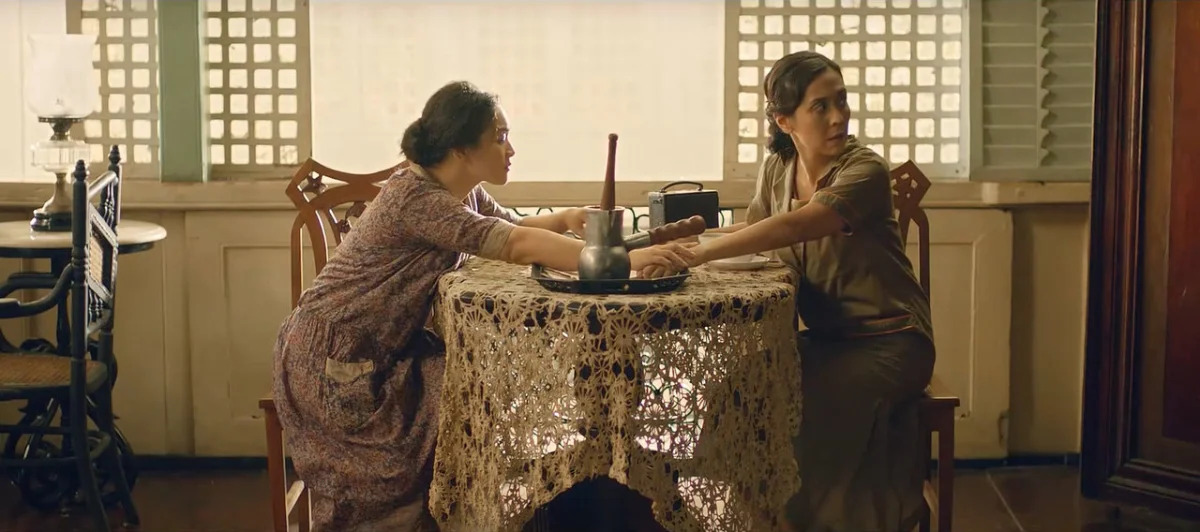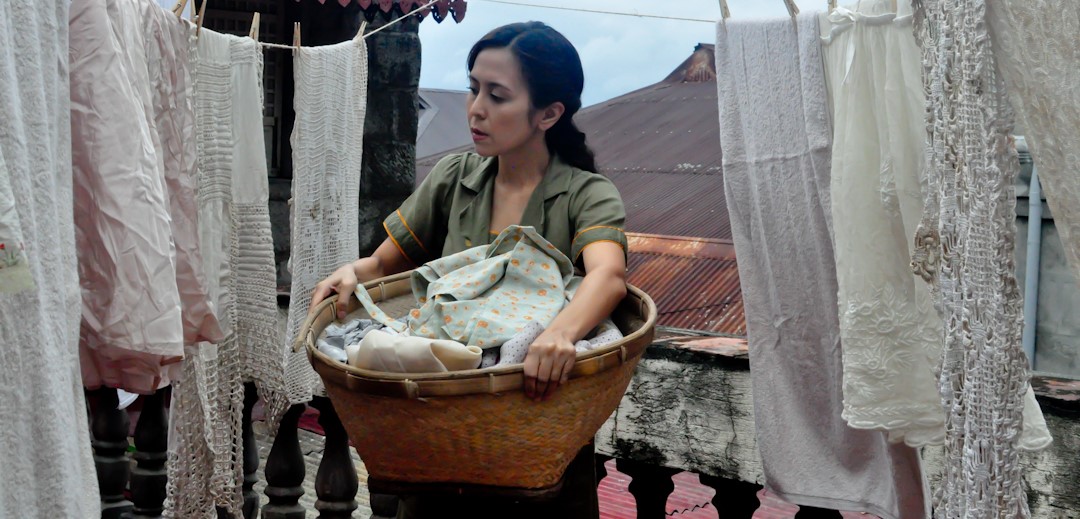Originally titled ‘Ang Larawan,’ Netflix’s ‘The Portrait’ is a 2017 Philippine musical movie co-written and helmed by Loy Arcenas that narrates the story of two unmarried Marasigan sisters, Candida and Paula, who live in their ancestral house along with their artist father. Conflicted between selling or keeping his final masterpiece, the two sisters contemplate the possibility of fetching a life-altering amount of money. However, they find themselves struggling to resist the urge to give up their father’s legacy altogether.
Set in pre-World War II Manila, the period drama film highlights the relationship between a father and his daughters and how the temptation of greed and betraying one’s own play in the minds of the family members. Besides, all these themes and elements represent what happens in real life, so one might wonder if ‘The Portrait’ is based on true events. If the same question is on your mind, allow us to provide you with all the necessary details!
From Stage to Screen: ‘The Portrait’s’ Origins
No, ‘The Portrait’ is not based on a true story. Instead, it is based on the 1997 stage play titled ‘Larawan,’ which in itself was adapted from the 1950 literary play ‘A Portrait of the Artist as Filipino’ by National Artist Nick Joaquin. Described as his most popular play and the national play of the Philippines, it became one of the most important lessons in the Philippines’ English classes. Set in October 1941 during pre-World War II Intramuros of Old Manila, the play also revolves around two sisters — Candida and Paula — and their painter father, Don Lorenzo Marasigan.

The setting of pre-World War II Manila in the play allows the audience to get an idea about the period of the storyline. During the Second World War, the Battle of Manila occurred between February 3 to March 3, 1945, which caused massive destruction across the walled city of Intramuros. The portrayal of the time before the battle and the brewing political tension in the Philippines at the time is represented subtly in the musical film.
Moreover, the theme of materialism plays out heavily in the movie as the societal pressure from friends, family, news reporters, and even the government makes Candida and Paula struggle to decide. The two sisters are more inclined to preserve their father’s painting and not let the temptation of money waver their love and admiration for their father and his art piece. This symbolizes our world, where many people usually hold material possessions closer to their hearts than the things that matter, the people in their lives.
The two sisters’ notion of life is made clear by their resistance to giving in to a judgmental society that tries to instill values of greed and materialism into them. Despite its historical settings, the story remains universal and true to life as the characters in ‘The Portrait’ are literal representations of the intricacies of the human mind. So, the ever-so-prevalent themes of pursuing your heart and art, sacrificing one’s ideals, and trying to maintain one’s integrity in a consumerist society are at the heart of the narrative. But despite all these connections to reality, it doesn’t change the fact that ‘The Portrait’ is simply a work of fiction.
Read More: Where Was Netflix’s The Portrait Filmed?


You must be logged in to post a comment.